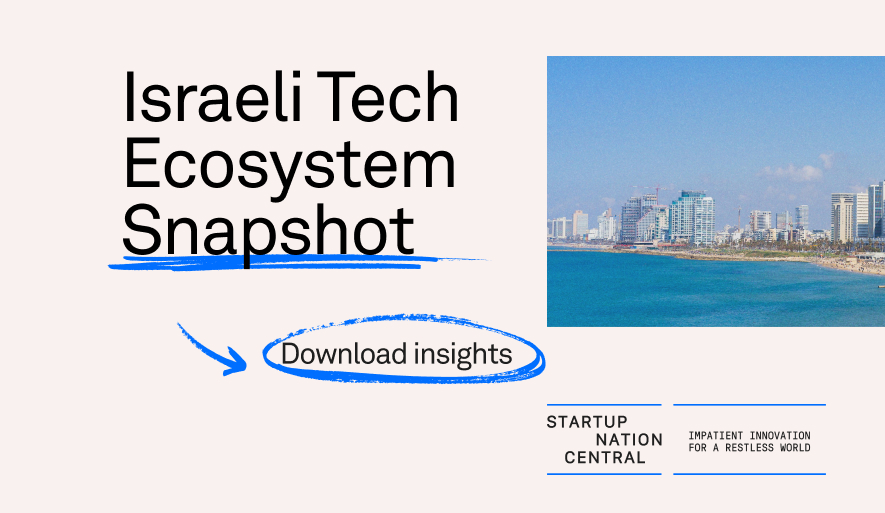Computer Vision for Manufacturing Reshapes Production
AI
The Fourth Industrial Revolution is changing how manufacturing operates. At the center is computer vision, AI-driven technology that boosts precision, reduces manual tasks, and increases overall efficiency. It reshapes how production is designed, monitored, and scaled.
This shift introduces intelligent, responsive systems that enhance the performance of people and machines beyond basic automation.
What Is Computer Vision?
Computer vision allows machines to process and respond to visual information. Using artificial intelligence, image recognition, and machine learning, systems gain the ability to analyze visual inputs and make rapid decisions. These technologies detect product flaws, monitor production lines, and adapt continuously based on data. Machines evolve into smart systems capable of learning and improving over time.
Applications in Manufacturing
- Quality Control
AI systems identify defects faster and more accurately than human inspectors. This protects quality, cuts waste, and lowers the cost of rework or returns. In pharmaceuticals, this level of accuracy supports product safety and regulatory compliance. - Predictive Maintenance
Cameras and sensors monitor equipment and flag early signs of wear. Algorithms use this data to schedule service before breakdowns happen. Maintenance becomes faster, cheaper, and more strategic. - Automation and Robotics
Robots equipped with computer vision perform detailed work with precision and flexibility. They can adjust to changes on the line, improving productivity and resilience in real time. - Supply Chain Efficiency
Computer vision enables faster barcode scanning, accurate inventory tracking, and real-time logistics insights. These systems support stronger decision-making and reduce supply chain delays.
Innovation from Israel
Israel plays a leading role in advancing computer vision for manufacturing. Startups like Cortica, OrCam, and Trax deliver cutting-edge solutions for manufacturing, from high-speed inspection to smart inventory systems. These technologies are deployed globally, supporting manufacturers in reaching new levels of performance. Israeli tech companies collaborate with global industry leaders to solve complex production challenges. They develop tailored solutions that optimize processes, improve sustainability, and support competitive advantage.
Addressing Challenges
Adoption requires investment in infrastructure, from high-quality imaging systems to processing tools. Integration with legacy systems can be complex, and strong data protection frameworks are essential, especially in sensitive sectors. Industry is moving fast to close these gaps. New approaches like federated learning and edge processing help protect data while maintaining performance, while standards are evolving to support interoperability and scale.
The Technology Behind Computer Vision for Manufacturing
At the core of computer vision are advanced algorithms that interpret images and video to produce actionable insights. Deep learning models, especially convolutional neural networks, drive improvements in pattern recognition and decision accuracy. In manufacturing, these models detect minute variations and defects that human eyes miss. These systems continue to refine their performance through constant learning and feedback loops.
Real-World Impact
- Automotive
Computer vision ensures precision in assembly and inspection. It catches alignment issues, monitors paint quality, and increases product safety. - Consumer Electronics
AI systems verify the placement of components, helping to maintain speed and consistency on the line. This reduces cost and improves product reliability. - Food and Beverage
Visual systems check packaging, labeling, and expiration dates. This protects safety and improves operational consistency.
Advancing Sustainability
Computer vision supports greener manufacturing. By optimizing material use, reducing defects, and improving recycling processes, it helps shrink the environmental footprint of production. These gains align with global sustainability goals and strengthen long-term industry resilience
What’s Ahead
Computer vision continues to evolve. As algorithms grow smarter and hardware becomes more powerful, manufacturers gain new tools to increase speed, accuracy, and flexibility. This technology is helping shape the future of manufacturing through smarter systems, cleaner production, and stronger global competitiveness.


 Tech Ecosystem
Tech Ecosystem Human Capital
Human Capital Focus Sector
Focus Sector The Health Network
The Health Network
 Business Opportunities
Business Opportunities Investment in Israel
Investment in Israel Innovation Diplomacy
Innovation Diplomacy Leadership Circle
Leadership Circle
